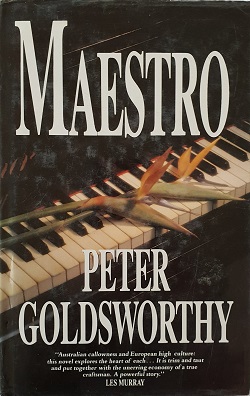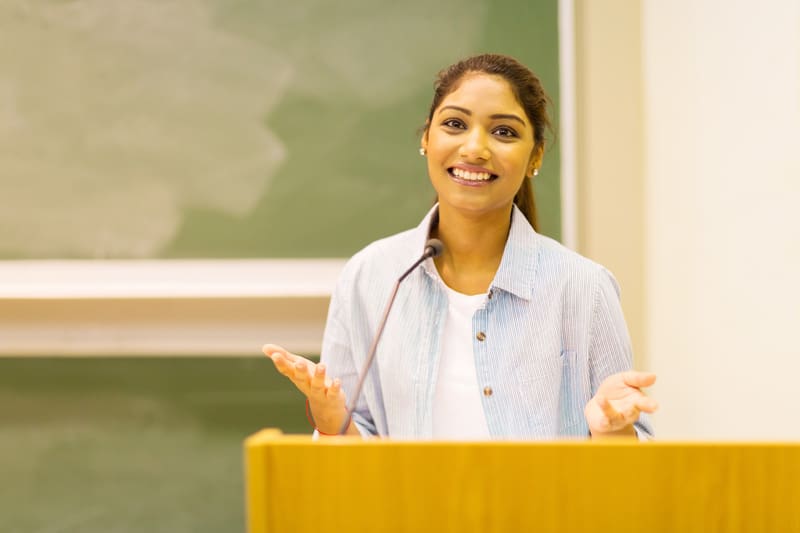For students studying the film On the Waterfront Directed by Elia Kazan with either play The Crucible OR Twelve Angry Men.
It is important to note the film techniques in On the Waterfront when you write your comparative analytical essays.
Significant Film Techniques from the film On the Waterfront
Film style = black & white, realistic documentary style (film noir)
Mise en scene = setting – not a set but the actual docks of Hoboken New Jersey
Landscape = cinematography – fog, smoke, mist, clouds, smoky grey sky, nature uncivilised & uncontrollable
Lighting = use of dark to represent evil & light goodness like Edie
Sounds & music = diegetic ie. music, soundtrack, non-diegetic ie. sounds like machinery, ships horn, whistles
Costumes = poor clothes for longshoremen, pseudo-business attire of Johnny Friendly & his gang to draw attention to a certain air of respectability that defies and conceals the extent of their entrenched corruption
Camera angles = deep focus, point of view close up shots, low angle to high suggests power, two-shot 2 people at mid-range, low angled single shot of Terry after his beating in last scene
Settings & Visual Style in Detail
On the Waterfront is a black and white film that represented a 1950’s gritty documentary style with a morally ambiguous (film noir) crime film of the period. Kazan’s use of setting is intended to register the oppression and destruction rife on Hoboken Docks.
Boris Kaufman’s camera distils a skyscape which is menacing, insular, if not claustrophobic. Dark settings emphasise not only the dream and danger the residents face, but also the labyrinth network of corruption. The workers exhibit ill at ease, slouched postures in conjunction with the deep and dark urban underbelly. The shrouded light of day is diffused by cloudy skies and thick fog. It highlights the uncertainty in relation to obtaining work and also fear. Kazan’s endeavour was to create disquiet in viewers emphasising the danger and fear that the longshoremen live under and therefore creating tension amongst the viewers.
The dark and seedy interiors, such as the bar, reinforce Johnny Friendly’s power and aggression, while the dingy, shabby and cramped apartments highlight the workers’ desperation. Pa Doyle is one of the most desperate of the workers, caught because of his desire to support Edie’s education. He like many others are psychologically imprisoned by the “deaf and dumb code”. Anyone who breaks the code or is suspected of dubious loyalty is unlikely to receive a work token.
The competitive fight for the tokens on the Hoboken wharf literally shows the “dog eat dog” environment that belittles and dehumanises the men. Kazan uses circus-like music to reinforce their animal-like behaviour as they become play-things of the bosses.
The rooftop symbolises Joey’s attraction to the birds; he becomes one of many pigeons outplayed by the hawks. The pigeon cages reflect the longshoremen’s inability to break out of their prison-like oppressive conditions on the wharf and their basic preoccupation with survival and existence. The hawks symbolically represent Johnny Friendly and his gang. The hawks ‘go down on pigeons’, which reflects the bosses’ philosophy of looking after their own interests.
Landscape / Fog & Smoke in Detail
The location of the docks and the landscape were used by cinematographer Boris Kaufman to make the most of the fog and smoke that were part of the freezing January landscape but also used deep focus to position the characters within the landscape and to emphasise the ever-present connection between the individual and the group. Depicting the waterfront society connected to the society of the time is a reminder that individuals in this world are locked into a complicated set of relationships with their fellow workers and the powerful people they work for.
Day time scenes the smoke and mist express the mood of uncertainty that prevails in the film. The constant mist and smoke characterise the mise en scene of the film as a visual clue of the moral choices that people make. The freezing January is a symbolic power in the scenes on the roof where the character’s desire is to rise above the murky waterfront world below is cast into doubt by the rising mist and the billowing smoke from the chimneys and smoke stacks.
In the majority of the scenes that take place at night, the smoky pale grey daytime look gives way to a highly stylised use of light and dark. The use of dramatic lighting stresses the claustrophobic nature of the character’s world. In the scene where Terry and Edie are chased down by a truck driven by Friendly’s henchmen, the lighting creates the impression that Edie and Terry are caught in a narrow tunnel with no way of escape.
Sounds and Music in Detail
One of the memorable aspects of the film is the ambient or background noise. Sound is used to great effect in the scene where Father Barry persuades Terry to tell Edie about his involvement with Joey’s murder. The jarring mechanical rhythm of the machinery in the background contributes to our growing awareness that Terry is just one small element of a much larger world over which he has little control. In a very dramatic moment, the horn of a ship drowns out the conversation between Terry and Edie.
The musical score was written by Bernstein with the soundtrack foreboding, even military sounding. The opening scene features threatening sounding drums and brass with the fight shots of Friendly met with the sound of a dry saxophone, which foretell not just the murder about to happen, but set the scene for the landscape as one of conflict. Audiences recognise that the men who are exiting the clubhouse are no law-abiding citizens. This is accompanied by rhythmic crashes of timpani which register the enormity of the situations.
The other music themes are the gentler strings that typically accompany scenes between Terry and Edie and indicate hope. In the scene where the mob invade Father Barry’s church, mixed percussion and shrill strings are used to create an atmosphere of confusion and desperation. The final scene is the most powerful in creating suspense and tension with a tone of unresolved chord in the strings, inferring the struggle is not over, maneuvering audiences to question the fate of the workers.












